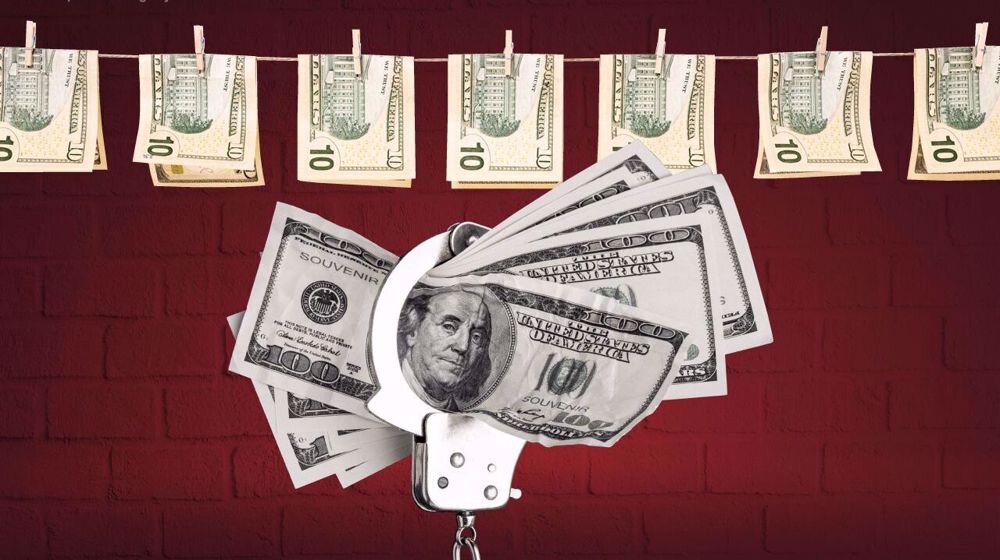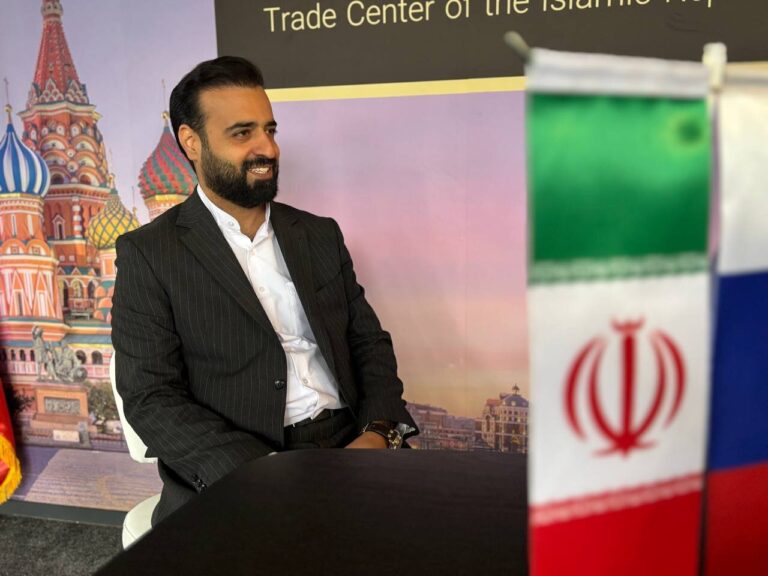Iran Uncovers Major Money Laundering Ring: A Significant Crackdown on Financial Crime
In a significant development regarding financial crimes in Iran, the head of the MEAF’s Financial Intelligence Unit revealed a major crackdown on money laundering activities linked to the mobile phone market. This operation has uncovered a vast network that has allegedly aided money launderers in the country.
According to Hadi Khani, the head of the Financial Intelligence Unit, this extensive ring was discovered to have facilitated services for money laundering, particularly focusing on the lucrative mobile phone market in Iran. The group’s operations reportedly generated a staggering turnover of over 500 trillion rials, which translates to more than $500 million.
Khani highlighted that the members of this money laundering group primarily exploited vulnerable individuals in Iran. They opened bank accounts in the names of these needy people to facilitate their illicit activities. This tactic made it significantly challenging for authorities to trace the flow of funds and uncover the tax information of various business owners within the mobile phone sector.
“They allowed business owners in the mobile phone market and mobile phone importers to use these fake accounts to make it impossible for authorities to track down their tax information,” Khani stated, underlining the cunning methods employed by the group.
One particularly alarming case involved a bank account belonging to a poor woman who had been exploited by this network. When the police tracked down her account, they found an astonishing turnover of 40 trillion rials (approximately $4.5 million), despite the account having a monthly transaction balance of just 30 million rials in 2020.
In recent years, Iran has intensified its efforts to combat money laundering, recognizing the detrimental impact of tax evasion activities, which are costing the government billions of dollars annually. This crackdown is also part of a broader initiative to instill greater discipline within Iran’s banking and financial sector. The country aims to align itself with international organizations dedicated to fighting money laundering and other financial crimes.
Khani noted that MEAF has been actively investigating 37 major money-laundering cases in recent months. As part of these investigations, authorities have scrutinized nearly 2,300 bank accounts, revealing the extensive nature of the operations involved. Furthermore, the Iranian police have ramped up their involvement in financial crime investigations across the nation.
The focus on the mobile phone market underscores the diverse avenues through which money laundering can occur. As these operations come to light, they serve as a stark reminder of the vulnerabilities within the financial system and the need for robust oversight and regulation.
- Turnover of the money laundering ring: Over 500 trillion rials (more than $500 million).
- Exploited individuals: Vulnerable people had their bank accounts used for laundering activities.
- Case of a poor woman: Account turnover of 40 trillion rials (approximately $4.5 million) with a low monthly balance.
- Ongoing investigations: MEAF is looking into 37 major money-laundering cases.
- Bank accounts examined: Nearly 2,300 accounts have been scrutinized as part of the investigation.
This crackdown on money laundering is not just a legal response but a crucial step towards restoring integrity in Iran’s financial system. By tackling these illicit operations head-on, the Iranian government aims to cultivate a more transparent and accountable banking environment. This move is essential for enhancing public trust and attracting legitimate business investments in the country.
The revelations from the MEAF serve as a clarion call for continued vigilance and proactive measures to combat financial crimes in Iran. As investigations progress, it is expected that more details will emerge, shedding light on the operations of such criminal networks and the measures being taken to dismantle them.
As Iran continues its fight against financial crimes, it remains to be seen how these developments will influence the broader landscape of the country’s financial sector and its efforts to integrate with international standards for combating money laundering.






